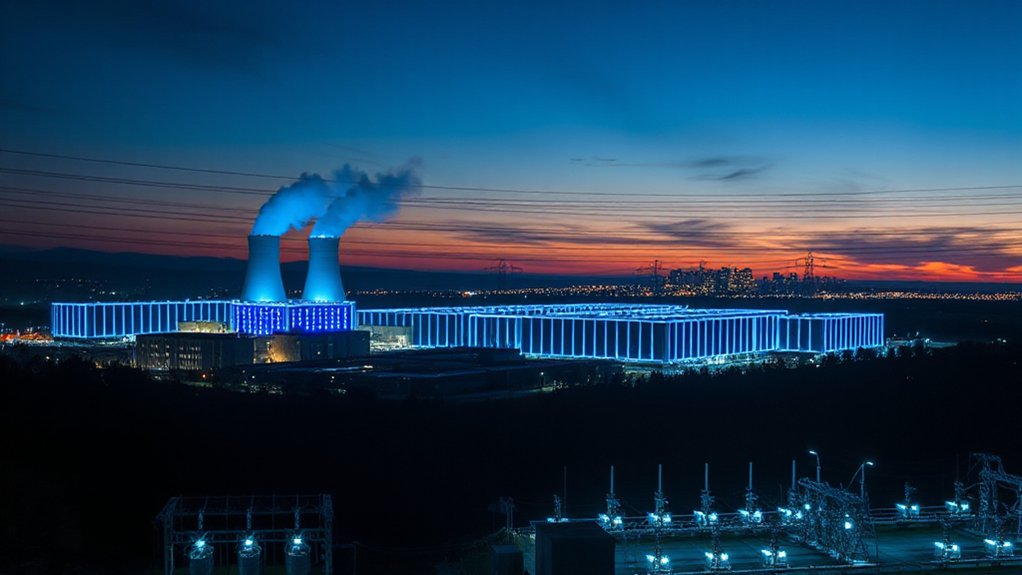Texas faces a power struggle as data centers and other energy-hungry businesses hit roadblocks connecting to the state’s grid. New laws require companies to reveal their connection plans and pay hefty fees for transmission studies. The rules aim to keep the lights on as energy demand could double in just six years. Officials want more reliable power sources rather than just renewables. These changes might reshape Texas’s energy future—but at what cost?
As Texas continues to attract major energy users and data centers, the state’s power grid is facing unprecedented pressure that has prompted lawmakers to create new hurdles for companies seeking connections. The Texas Legislature is advancing a bill that would require businesses to disclose grid connection requests across state lines, giving the Public Utility Commission authority to approve or reject power arrangements within a 180-day review period.
Texas lawmakers tackle grid pressure with new regulations requiring companies to disclose connection requests and submit plans for PUC approval.
Companies must now pay at least $100,000 for transmission infrastructure studies by electric utilities. This comes as Texas lawmakers express concerns about grid security threats from foreign control of electric infrastructure. The legislation also directs the utility commission to find better ways to allocate transmission costs.
Data centers are particularly affected by these changes. The Data Center Coalition supports the bill’s goals but worries about unnecessary disclosure requirements. One lawmaker’s bill would require half of grid supply to be dispatchable power like natural gas, nuclear, or coal by 2026.
Renewable energy projects face additional barriers as well. The legislature is debating bills that would boost dispatchable power while creating obstacles for renewables. A new permit requirement is proposed before connecting renewable facilities to ERCOT, the grid operator that manages power for about 90% of Texas. ERCOT CEO Pablo Vegas has emphasized that maintaining a light regulatory environment is crucial for meeting future electricity demand. Despite these challenges, the integration of solar power technology could significantly benefit Texas given its status as the fastest-growing renewable source globally.
The grid capacity challenges are significant. ERCOT projects total maximum power requirements for Summer 2025 at 88GW. ERCOT predicts that Texas energy demand may double in six years, driven primarily by data centers and the oil and gas industry. Texas has historically operated its grid separately from the rest of the U.S., limiting its ability to import electricity during emergencies.
However, a historic connection project is underway. A $360 million grant from the U.S. Department of Energy will fund the Southern Spirit Transmission Line, connecting Texas to the Southeastern U.S. grid by 2030. Construction will begin in 2025, with major transmission line work starting in 2026.
These new regulations aim to manage grid reliability amid business growth without raising costs for everyday Texans. The changes reflect both challenges and opportunities for the ERCOT grid as companies continue relocating to Texas.
References
- https://www.texastribune.org/2025/05/07/texas-energy-legislature-data-center-ercot/
- https://www.texastribune.org/2025/04/16/texas-ercot-energy-demand-legislature/
- https://www.velaw.com/insights/texas-renewables-roundup-2025-texas-legislature-update/
- https://nativesolar.com/state-of-the-texas-power-grid-summer-2025-a-native-analysis/
- https://electricityrates.com/resources/ercot-connection-to-us-grid/








